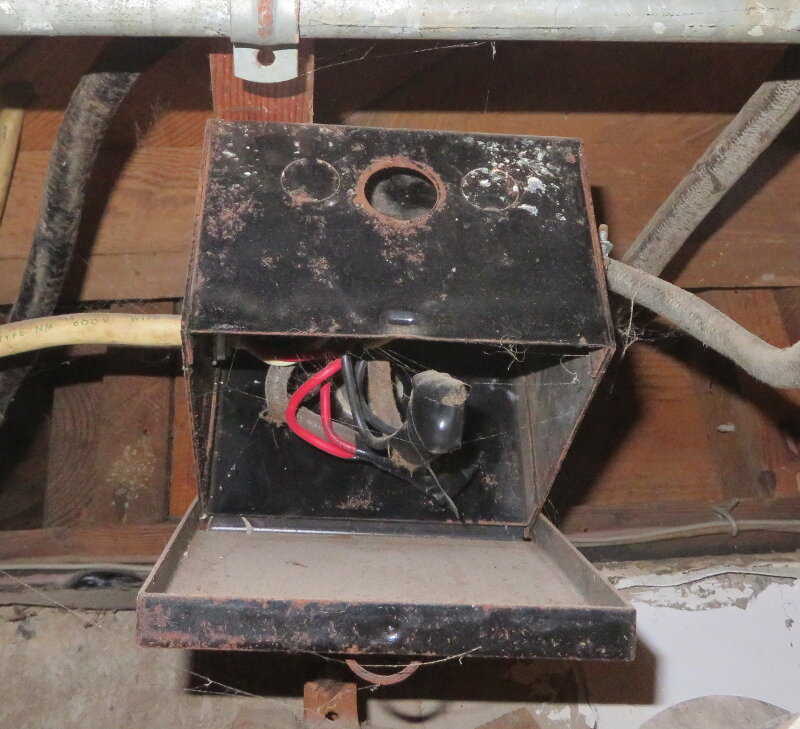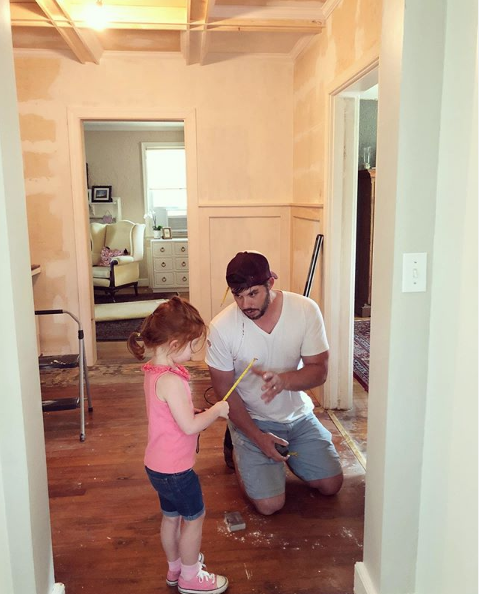Don’t Flip Out! How To Tell If A Flipped House Is Worth It
A Flipped House: It Was The Best Of Homes, It Was The Worst Of Homes
The best house I’ve ever inspected was flipped. The worst house I’ve ever inspected was flipped. When you're buying a home, how do you tell if a flipped house is worth it?
In both cases, the work was done by a person proclaiming to be a flipper, but this is also where the similarities ended.
The Best Flipped House
One house was a 1930s Craftsman in which every single mechanical and structural system had been replaced or restored: the foundation had been reinforced, the windows replaced with nice new wooden units, the old electrical system eradicated, the rusty galvanized piping swapped for modern plastic and copper.
You get the picture. Even the original hardware had been pulled, cleaned, and reinstalled on the same wooden doors first hung when FDR was in office.
The Worst Flipped House
The other house was a brick rancher from the 1950s. As noted in the online listing, the house had new kitchen appliances and granite countertops, that indispensable hallmark of marketability.
Everything else had been ignored or painted, poorly.
The foundation was cracked, the basement was wet, the house was running 100 amp electrical service through a panel approved for only 60 amps (modern standard is 200 amps), the new appliances teetered on a rotting sub-floor with only slightly more structural integrity than a wet saltine, and the holes in the roof made easy passage for a number of squirrels who appeared to be enjoying the conditioned air from the leaky duct work in the attic.
Flipped? Yeah, flipped.

Is Buying A Flipped House A Bad Idea?
The point is that “flipping” covers a whole spectrum of repair work.
It’s like saying automobile. Everything from classic Model Ts to dump-trucks, tired twenty-year-old Tercels to brand-new BMWs fall under the same heading.
Flipped houses are almost always somewhere between the two extremes I outlined above. The chance of finding a miraculously preserved palace with modern mechanical and HVAC updates is just as rare as finding the pile of rubble straining to support new appliances. So how can you determine where a house is on this scale?
The Difference Between A Restored, A Renovated, And A Flipped House
Let’s sharpen some definitions.
The terms restoration, renovation, and flipping often get used interchangeably.
They are not the same.
A restoration is a detailed, expensive undertaking that seeks to preserve the original character of a house while adding modern safety and comfort. A renovation is an update: new carpets, paint, and maybe some minor mechanical or plumbing work. Flipping is the process of making the minimum investment to get the maximum return.
Wait.
This might be the most important sentence in this whole blog.
Flipping is the process of making the minimum investment to get the maximum return.
An effective flipper is not concerned with period charm, scraping old paint, or carefully cleaning old hardware. This is not a passive-aggressive way of saying that flipping is bad or that flippers are false; it is just the way the process works.
A Numbers Game
I’ll illustrate with way oversimplified numbers.
Lets say you buy a house for $150k, spend $10k on materials and labor, sell for $250k.. That makes a great flip. Or, you buy a house for $150k, spend $40k on materials and labor, sell for $200k. That makes a bad flip.
If you know or suspect that the house you are considering has been flipped, keep this dynamic in mind and use your powers of observation. Don’t turn up your nose. Don’t try to work an exorcism into your contract. Also, maybe wait before telling all your friends you found THE diamond in the rough.

Simple Ways To Check If The House You Love Is A Good Flip Or A Bad Flip
Below are some quick and easy ways you can use to figure out where a given house is on the spectrum between restored and flipped.
1. Cosmetic vs. Structural
First, you must distinguish between cosmetic improvements like countertops and paint and mechanical / structural improvements.
A new kitchen is great but if the roof over that kitchen leaks…well.
Get excited about those stainless steel appliances, but be pragmatic about your assessment of structure, heating/cooling, and electrical systems.
Look for visible damage including cracking or bowing in walls, floors, ceilings, roofs, and foundations should always get reviewed by a home inspector or structural engineer.
Look out for water heaters with rust and/or burn marks and HVAC components that sound like a large helicopter. They are sufficient cause for a raised eyebrow or at least a drawn-out chin rub.
2. No roof is eternal.
Even materials like slate and metal need periodic maintenance. Three-tab shingle roofs have a life span between 15 and 25 years.
Use your phone’s camera to zoom in on the roof and look for damage: missing or broken shingles, lifting, and sagging can all signal potential problems.
And always remember, the roof is the turtle shell, if it isn’t sound anything below can be subjected to water damage.
3. Do some dating.
Not that kind of dating.
I inspect many flipped houses with showroom-shiny kitchen appliances but HVAC components older than most college students.
Find the build date of most appliances is somewhere in the first four digits of the serial number (if not printed directly). For instance, a serial number that starts 3805 was likely built in 2005.
If you’re still in doubt, consult the Building Intelligence Center.
Most exterior HVAC components are only expected to be in service 10-15 years. Older units don’t necessarily have one foot in the scrap heap, but you’ll absolutely want a qualified HVAC contractor to clean, service, and review the system.
4. Check for thoroughness.
Beautifully repainted cabinet doors can belie scores of stains and scratches inside. Have the ceiling stains from a ruined roof been painted-over? Look in the closet.
New windows are wonderful, but are there old leaky units hiding in the basement or on the back of the house?
Kitchens and bathrooms get a lot of attention – and rightly so. However, you can appreciate the glitz and glamor of a clean kitchen and extend your gaze to those less-trod but equally important remote rooms: utility areas, laundry rooms, and garages.
5. Be suspicious of water.
...anywhere it is not supposed to be. No single element is more damaging to a house over time than water.
A slow leak from bathrooms or kitchens will eat through sub-floors. Downspout discharge next to a house makes miserable moldy basements. Poorly managed drainage leads to hydrostatic pressure (great term to use at social gatherings!) against foundation walls causing them to bow and crack.
Wayward water can always be corralled, but sometimes the cost of correcting a given complication can be considerable.

Hard Work Pays Off
Finally, be honest with yourself when it comes to the work that will need be done.
Restoring a house if you have small children is a direct cause of insanity.
Trust me.
On the other hand, the joy and pride that comes from working together with family and friends to make something that is one-of-a-kind is priceless.
Use your powers of observation and put yourself in a position to make good decisions.
Suggested: "So, Is The House Up To Code?"
Historic Homes: An Unofficial Buyers Guide

How can I help?
I love to teach and answer questions.
Use this contact form to get in touch or schedule your appointment.


